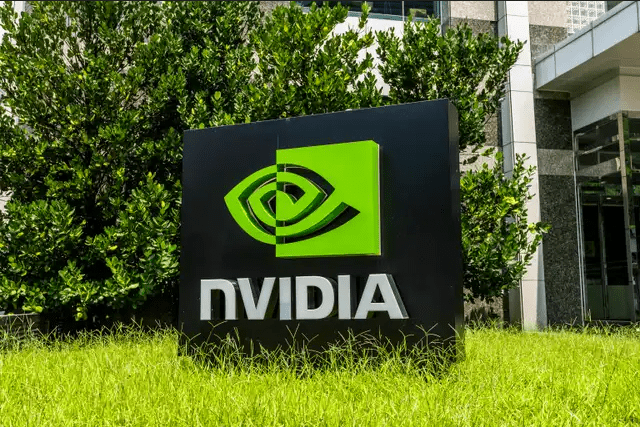
Nvidia Corporation
BING-JHEN HONG
- Nvidia’s TAM is projected at $2 trillion, with a conservative market cap estimate of $8T in 10 years, presenting limited downside risk for long-term shareholders.
- A bear case assumes 50% market share and 50% margin, while a bull case assumes 90% market share and 78% margin, leading to a $54T market cap in ten years.
- Key risks include a severe recession resetting client spend, loss of CEO Jensen Huang, and competition from AMD, Intel, and start-ups like Groq and Etched.
- Despite risks, Nvidia’s strong moat and AI-driven chip advancements suggest a strong buy with huge upside potential and limited downside.
I only buy strong businesses. I only buy them when they’re cheap. Backgrounds in economics, philosophy, government, data. I started my investing journey with a fairly concentrated portfolio of Canadian dividend payers in the telecom, pipeline and banking industries. I have moved forward through different industries including payments, US regional banking, Chinese and Brazilian equities, REITs, technology companies and a few other emerging market opportunities, as well as microcap through to megacap range. I currently am focused on holding the highest quality businesses and continuing to expand my knowledge of their advantages. I think there is a lot one can learn listening to Warren Buffett, Charlie Munger, Monish Pabrai, Terry Smith, Li Lu, Bill Ackman, Guy Spier and perhaps most importantly, the CEOs: Jensen Huang, Mark Zuckerberg, Jeff Bezos and others.I am mostly focused on big tech companies with billions of users and expanding libraries of content. I think the possibilities of cross-selling when you have such large bases are underappreciated. I prefer to value companies at the EBIT+R&D level because of the potential in certain R&D investments I believe in. I have no professional affiliations. My annual return from February 2019 to August 2024 was 10.5% CAGR (a 1.72x), somewhat underperforming the market’s 14.84% CAGR (a 2x). But I believe my expanded knowledge since 2019, especially in the last two years, has provided me with the tools required to outperform the market into the future.I find investing an exhilarating journey. Frankly, it’s hard to tell what your portfolio will look like in 5 years, let alone 10 years. But I believe the principles I have learned will keep portfolio turnover to a minimum going forward and that most of the money to be made will be made not selling the companies I already own.
READ FULL ARTICLE HERE!

